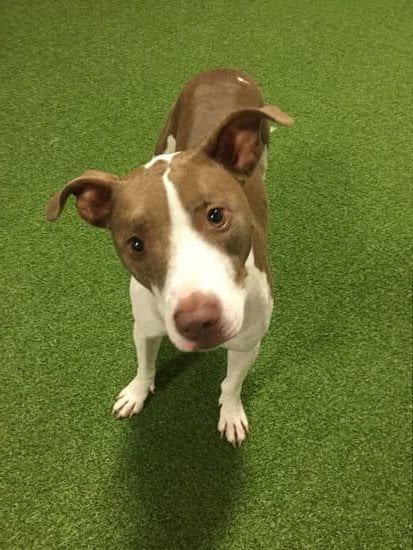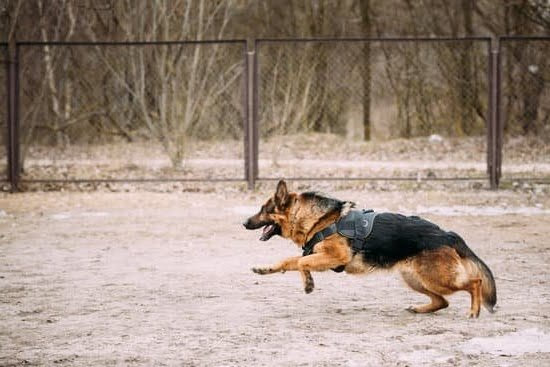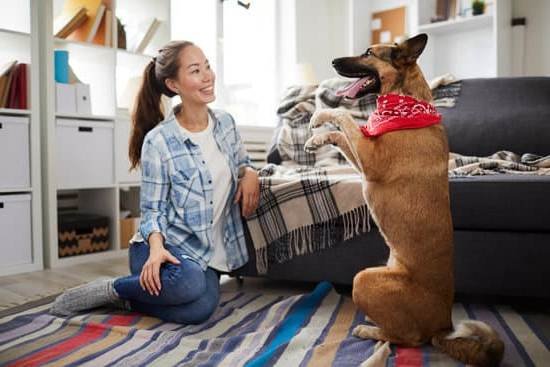One of the most common complaints dog owners have is their dog pulling on leash. This can be a frustrating problem because it can make taking your dog for a walk difficult and even dangerous. Fortunately, there are some things you can do to train your dog not to pull on leash.
The first step is to make sure your dog is properly leash trained. This means teaching your dog to stay close to you when on leash and to walk calmly by your side. You can start leash training your dog when he is young, but it is never too late to teach an old dog new tricks!
The next step is to practice walking your dog on leash. You should start by taking your dog for very short walks in a quiet, safe area. As your dog becomes more comfortable walking on leash, you can gradually increase the length of the walks.
When your dog starts to pull on the leash, stop walking and wait for him to calm down. Once your dog is walking calmly by your side, start walking again. If your dog starts to pull again, stop walking and wait for him to calm down. You may need to do this several times during a walk, but it is important to be consistent so your dog understands that he will not be able to pull you around.
If your dog is really struggling to walk calmly on leash, you may need to use a training collar or harness to help him stay focused. Training collars and harnesses are designed to help train your dog not to pull on leash, and they can be very effective when used correctly.
With a little patience and consistency, you can train your dog not to pull on leash. This will make taking your dog for a walk much easier and more enjoyable for both of you.
50 Foot Dog Training Leash
If you’re looking for a heavy-duty training leash for your large dog, the 50 Foot Dog Training Leash is perfect! This leash is made of durable nylon and is triple-stitched for extra strength. It features a heavy-duty swivel clip for easy attaching and detaching. The leash is also 50 feet long, giving your dog plenty of room to explore.
Logical Leather Dog Training Leash
Leather dog training leashes are perfect for professional dog trainers, or anyone who wants a high-quality leash for their furry friend. Made from durable, genuine leather, these leashes are tough and long-lasting. The heavy-duty stitching ensures that your leash will withstand even the roughest of dogs, while the comfortable leather handle provides a solid grip, even when wet.
Whether you’re a pro dog trainer or just a pet owner looking for a top-quality leash, a leather dog training leash is the perfect choice.
How Train Dog To Walk On Leash
One of the main reasons people give up on dog ownership is because of the difficulty of training the dog to walk on a leash. It is not as difficult as it seems, but it does require patience and consistency.
The first step is to get your dog used to wearing a collar. Put the collar on your dog and let him wear it around the house for a while. When your dog is comfortable with the collar, put a leash on the collar. Again, let your dog wear the leash around the house for a while. This will get your dog used to the feel of the leash and the collar.
The next step is to take your dog for a walk. Start out by walking him around the house. Once your dog is comfortable with that, take him for a walk around the neighborhood. As you walk, keep the leash loose. Do not pull on the leash or jerk it. This will only make your dog more resistant to walking on the leash.
When your dog tries to pull on the leash or run away, stop walking and wait for him to calm down. Once he is calm, start walking again. If your dog continues to pull on the leash or run away, stop walking and wait for him to calm down again. Do not keep walking if your dog is not behaving.
It may take a while, but eventually your dog will learn that he cannot pull on the leash or run away and that he will have to walk calmly next to you. Be patient and consistent, and your dog will soon be walking obediently by your side.
How To Train Your Dog For Off Leash
Obedience
If you are like most dog owners, you love taking your furry friend for walks, but you hate having to keep them on a leash the whole time. Luckily, with a little bit of training, you can teach your dog to obey commands even when they are not leashed.
The first step is to start with basic obedience commands, such as sit, stay, come, and down. Once your dog has mastered these commands, you can start working on off leash obedience.
One of the most important commands to teach your dog is to come when called. This can be especially useful when your dog is off leash and gets too far away. To teach your dog this command, start by calling their name and rewarding them with a treat when they come to you. As they get better at this, start calling them from further and further away, and eventually from different parts of the house or yard.
Another important command to teach your dog is to stay. This can be helpful when you need to stop them from running off or when you are crossing busy streets. To teach your dog to stay, start by telling them to stay and then rewarding them with a treat when they remain in place. As they get better at this, start asking them to stay for longer periods of time and in more challenging situations.
Finally, you will want to work on teaching your dog to come when called even when they are distracted. This can be a difficult command to master, but with patience and persistence, it can be done. Start by teaching your dog to come when called in a quiet, low-distraction environment. Once they have mastered this, gradually start adding more distractions, such as people, other dogs, and loud noises.
With a little bit of training, you can teach your dog to obey commands even when they are not leashed. By following these tips, you can help your dog become a well-behaved and obedient member of the family.

Welcome to the blog! I am a professional dog trainer and have been working with dogs for many years. In this blog, I will be discussing various topics related to dog training, including tips, tricks, and advice. I hope you find this information helpful and informative. Thanks for reading!





